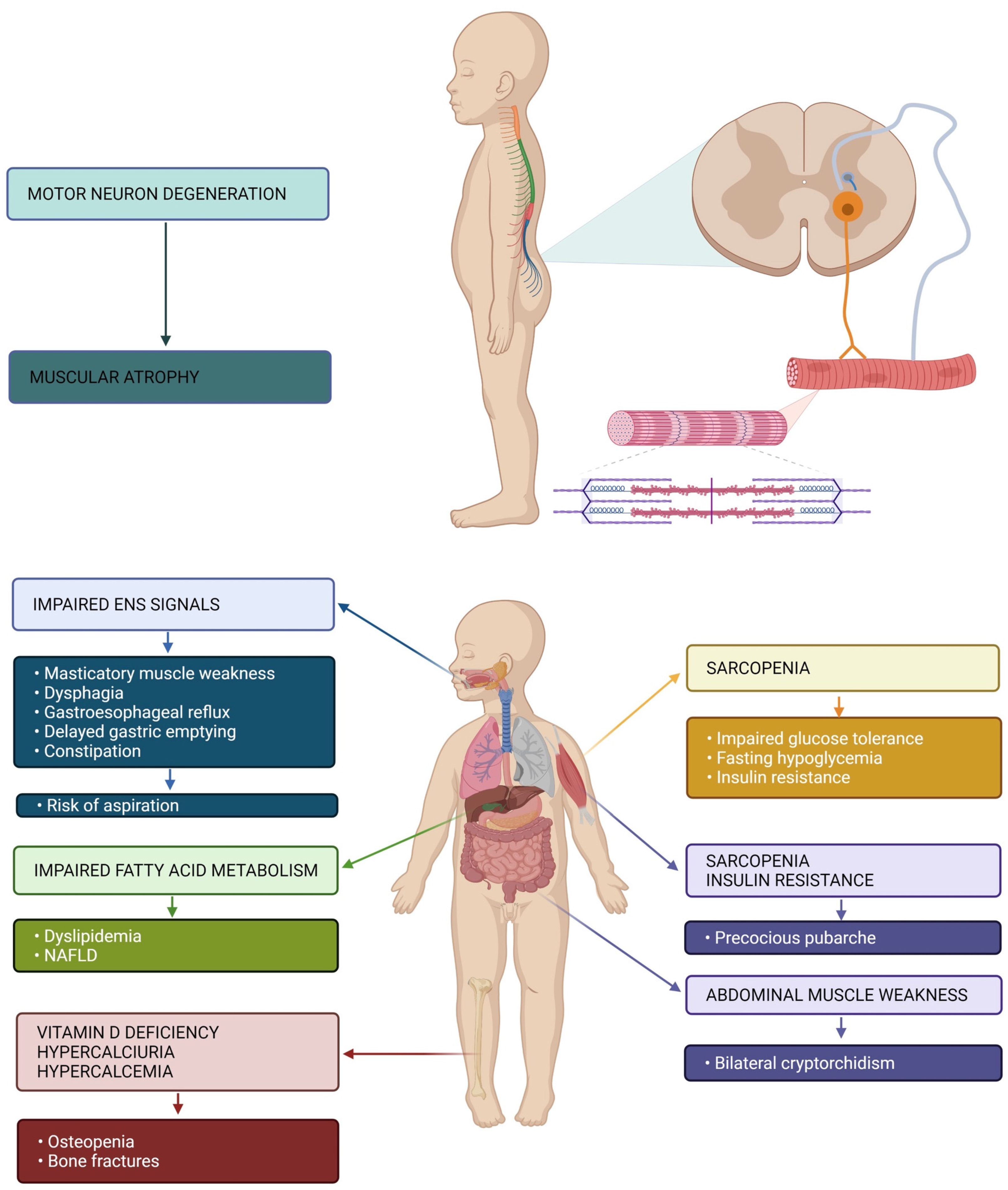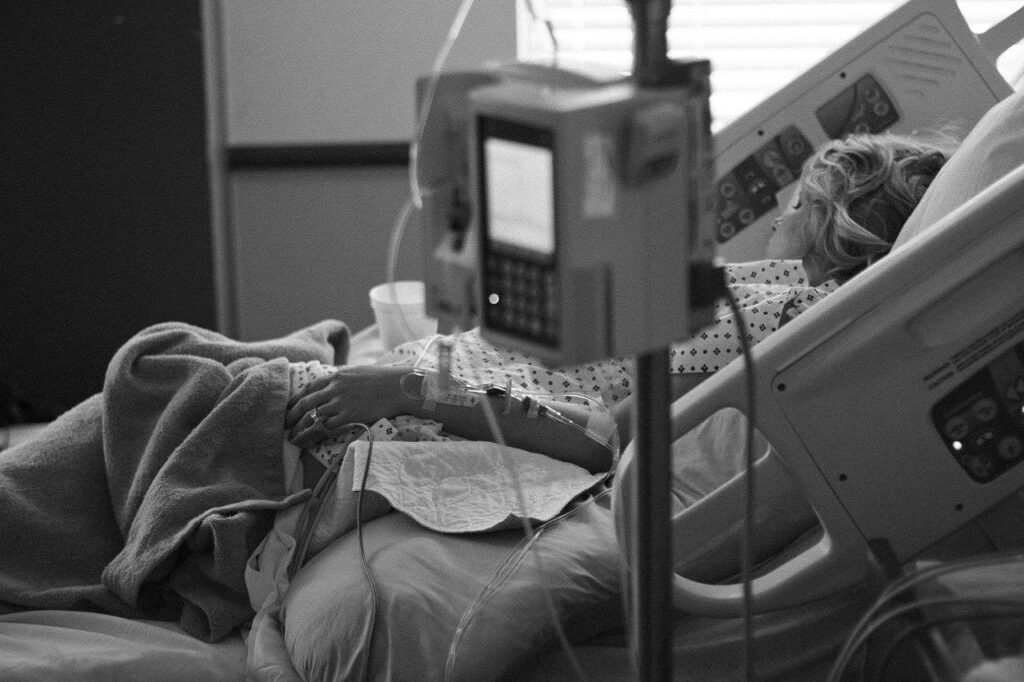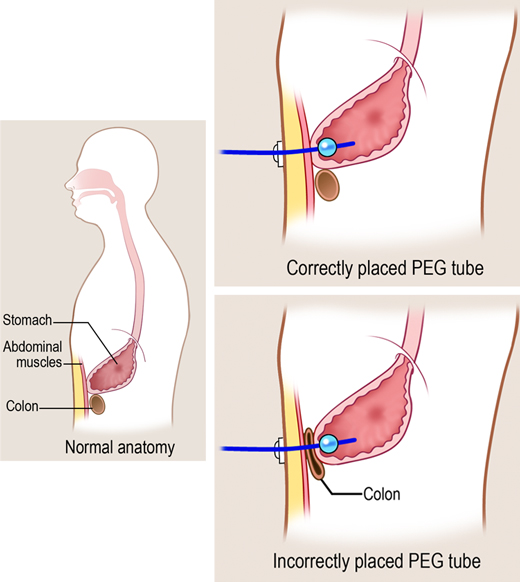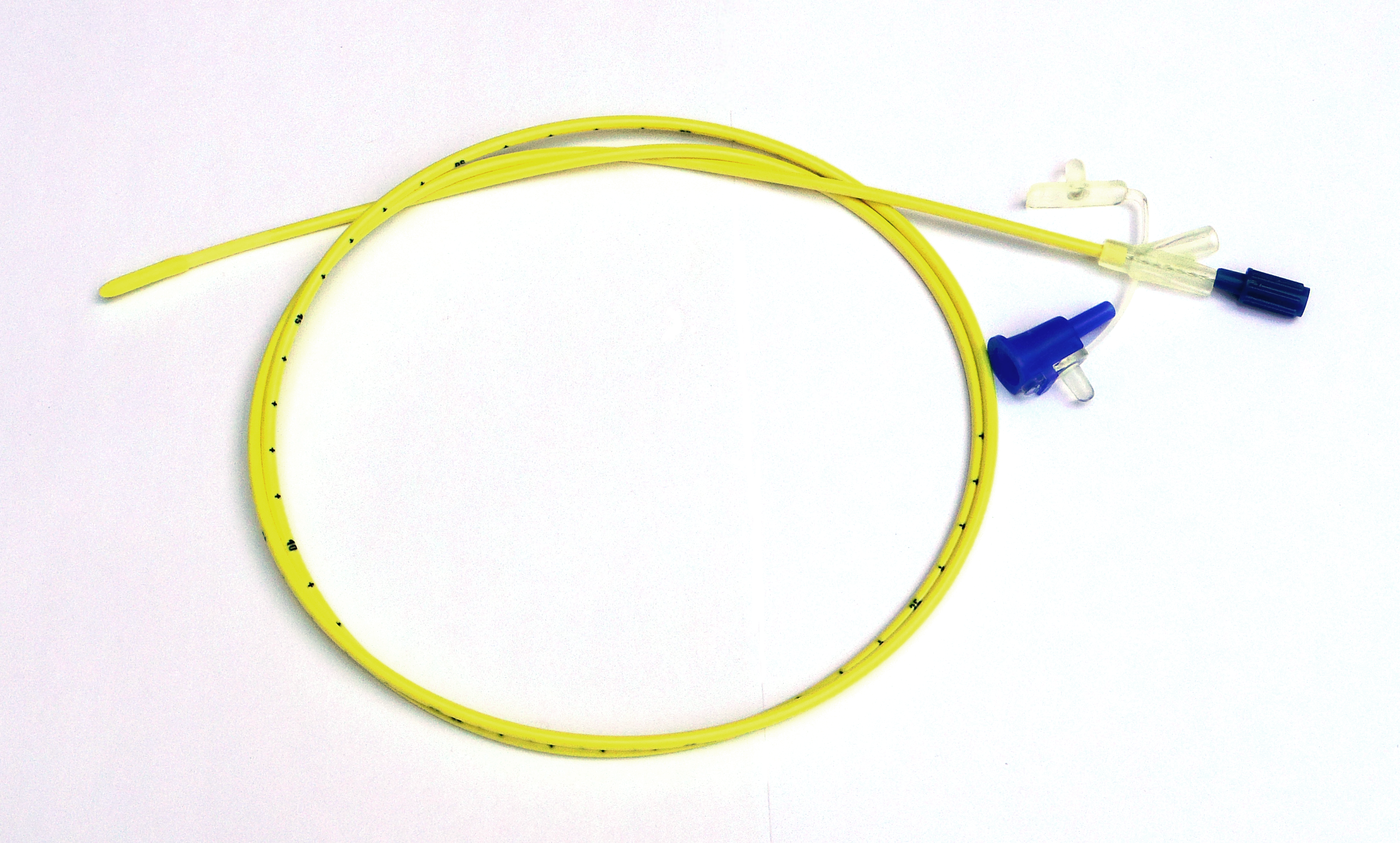stroke feeding tube life expectancy
Benefits of feeding tubes. However little is known about the disability and long-term survival in patients with PEG tubes.

Pdf Percutaneous Endoscopic Gastrostomy Versus Nasogastric Feeding In Older Individuals With Non Stroke Dysphagia A Systematic Review
We identified 11 long-term follow-up studies of stroke patients that reported the multivariate effects of age sex the modi fied Rankin Scale mRS grade of.

. To evaluate the outcomes of patients with acute stroke who receive permanent feeding through percutaneous endoscopic gastrostomy PEG tubes. For patients with strokes 6 8 dementia 9 10 or other neurologic conditions. Of stroke patients with swallowing difficulties.
This is one of the. No on the PEG. 3 Posterior circulation stroke is placing the patient at particular risk to develop dysphagia especially if pons and medulla are involved.
For the 216 remaining patients life expectancy without the feeding tube was a median of 12 months and it increased to an anticipated life expectancy of a median of 13 years with the feeding tube in place. One study on the long-term outlook of stroke found that bedridden patients lived for about 4-6 more months after their stroke. Generally the stroke recovery prognosis is more pessimistic for massive stroke and more.
However the study only. Patients who have had their feeding tubes removed should expect to live for about ten days. Because of the way the temporary feeding tubes are positioned food particles may enter into the lungs causing aspiration pneumonia.
12 The validity of various proposed predictors remains limited. What is the life expectancy for bedridden stroke patients. In this video Jim talks about his experience with a stroke and proves that life does go on.
Two Cochrane reviews have summarized the available evidence on interventions for dysphagia. From what Ive been reading on-line no fluids or food a person can last up to 2 weeks. They rated the patients quality of life a median of 40 on a 100 point scale prior to the feeding tube and expected it to improve to.
A person can survive a life time on a feeding tube death wont come from a feeding tube but from illness or comorbidities that required a feeding tube in the first place. Since stroke patients are likely to constitute a. She has only had the nasal tube for the past week but that was supposed to be removed today must have been done after we left late this afternoon.
While food and water are essential to life there is considerable controversy in the medical literature as to how much artificial nutrition and hydration help at the time of death. Remaining life expectancy is a key measure of health. Make sure your hands are dry.
11 12 Traditionally the most common method of tube feeding was via a nasogastric tube. It has a small. Ad Top 20 Common Stroke SYMPTOMS.
150 The FOOD trial included 2 trials of dysphagic stroke. It was considered but was decided against. There is a high incidence of infections associated with the long-term use of temporary feeding tubes.
The higher the score the more serious the stroke secondary effects incurred. All but about a quarter of strokes happen to people over the age of 65. PEG tubes are commonly inserted in patients with acute stroke and persistent dysphagia.
Recognize The 20 Early Symptoms And Be Prepared To Tackle Stroke Early On Early Stage. The reported incidences for dysphagia in the acute phase of stroke range from 30 to 80. 145151 The largest of the studies within this review was the FOOD Feed or Ordinary Diet trial which assessed the timing and method of enteral tube feeding for dysphagic stroke patients.
16 April 2021 Media review due. Patients who receive a percutaneous feeding tube have a 30-day mortality risk of 1824 and a 1-year mortality risk of 5063. As shown in Table 1 the mortality rate for these patients is high.
Mortality was near 502 Although feeding tubes have been advocated to prolong life limit aspiration pneumonia improve function and maintain comfort studies do not document these. Many people with a severe stroke die within 6 months despite excellent and speedy medical care. The percentage of stroke patients who require tube feeding for nutritional support varies quite widely with studies quoting rates in the acute phase from 85 to 29.
Most patients receiving PEGs are elderly between 1988 to 1995 the number of elderly hospitalized patients undergoing the procedure increased from 61000 to 121000. What is it a Massive Stroke and what is the life expectancy after one. You may need to be fed using a feeding tube during the initial phases of your recovery to prevent any complications from dysphagia.
Yes I live with my dad. 05272014 221552 Helpful Answer 2. Their care should reflect the possibility of death and disability.
Stroke with most sources quoting rates of around 40. Tracheostomy in the Nonventilated Stroke Patient. To better understand the life expectancy of patients who have an abnormal videofluoroscopic swallowing study.
Learn About SymptomsYou Need To Know 18. Use alcohol-based hand sanitizer or soap and water before you work with the tube. Those with a life expectancy of less than 30 days or who will only require short-term feeding should be fed via a nose or nasogastric feeding tube.
Yet to our knowledge there are no studies reporting life expectancies strati fied by both age and severity. Patients who score 15 or lower on the NIHSS are considered to have sustained mild or moderate stroke. Nearly 800000 people each year suffer from a stroke.
Those with a life expectancy of less than 30 days or who will only require short-term feeding should be fed via a nose or nasogastric feeding tube. A feeding tube may allow life to be prolonged for decades in an otherwise healthy individual. The use of a small tube called a catheter run through a artery in a arm or leg and into the brain tissue through the leakage.
For example Grandma had a major stroke. Due to the uncertain outcomes of stroke many people find themselves wondering what the life expectancy is for bedridden survivors. What is the life expectancy for bedridden stroke patients.
Placing a long-term feeding tube can reduce the high risk of aspiration pneumonia and other infections. 16 April 2024 Page last reviewed. Whilst we hope for a good recovery relatives and patients also should be supported in preparing for the worst to help them to focus on quality of life.
Those who score 16 or higher are considered to be massive stroke survivors.

Pdf Long Term Nasogastric Tube Feeding In Elderly Stroke Patients An Assessment Of Nutritional Adequacy And Attitudes To Gastrostomy Feeding In Asians

The Cost Of Dying Simple Act Of Feeding Poses Painful Choices The Mercury News

Pdf The Effect Of Enteral Tube Feeding On Patients Health Related Quality Of Life A Systematic Review

Can Continuous Pump Feeding Reduce The Incidence Of Pneumonia In Nasogastric Tube Fed Patients A Randomized Controlled Trial Clinical Nutrition

Pdf Long Term Nasogastric Tube Feeding In Elderly Stroke Patients An Assessment Of Nutritional Adequacy And Attitudes To Gastrostomy Feeding In Asians

Malnutrition The Older Patient James T Birch Jr

Nutrients Free Full Text Nutritional Gastrointestinal And Endo Metabolic Challenges In The Management Of Children With Spinal Muscular Atrophy Type 1 Html

Here S Why More Clinicians Are Recommending Against Tube Feeding In Advanced Dementia Being Patient

Massive Stroke Recovery Timeline Prognosis Video Lesson Transcript Study Com

Establishing Goals Of Care For Patients With Stroke And Feeding Problems An Interdisciplinary Trigger Based Continuous Quality Improvement Project Journal Of Pain And Symptom Management

To Peg Or Not To Peg Nutrition Semantic Scholar

Pdf Establishing Goals Of Care For Patients With Stroke And Feeding Problems An Interdisciplinary Trigger Based Continuous Quality Improvement Project

References In Medical And Ethical Aspects Of Long Term Enteral Tube Feeding Mayo Clinic Proceedings

Pdf Long Term Nasogastric Tube Feeding In Elderly Stroke Patients An Assessment Of Nutritional Adequacy And Attitudes To Gastrostomy Feeding In Asians

Wrong Turn Through Colon Misplaced Peg Psnet

Establishing Goals Of Care For Patients With Stroke And Feeding Problems An Interdisciplinary Trigger Based Continuous Quality Improvement Project Journal Of Pain And Symptom Management

Espen Practical Guideline Home Enteral Nutrition Clinical Nutrition

Establishing Goals Of Care For Patients With Stroke And Feeding Problems An Interdisciplinary Trigger Based Continuous Quality Improvement Project Journal Of Pain And Symptom Management
